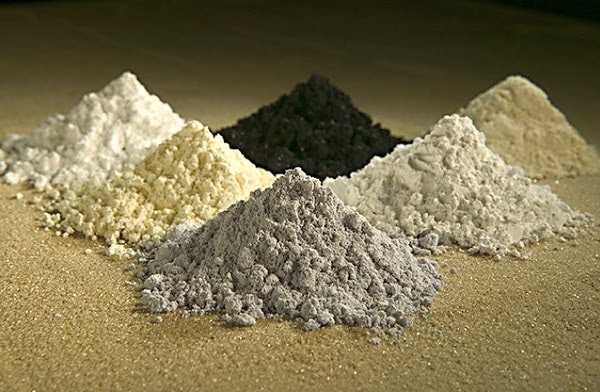Back in the last months of 2009, the Chinese government began stating out loud its goal of restricting the exports of rare earths, in an attempt to gain more control on a raw materials which are currently a sine qua non condition for the manufacturing of hybrids and electric vehicles.
Now, nearly a year later and at a time when the hybrids and EVs have gained speed, the ugly face of the Chinese decision is beginning to show its face: since 2006 and to the present day, China begun cutting its rare earths exports by 5 to 10 percent a year.
A booming market when it comes to the appeal for foreign-made cars, China is attempting to become a prime supplier of materials like lithium, neodymium (used for the magnets in the electric motors), terbium, dysprosium or lanthanum, considering itself somewhat similar to what the Middle East represented for the oil industry.
This course of action began raising some eyebrows in the automotive world, especially in Germany, from where the bulk of the European-made hybrids and electric vehicles are expected to come.
"Supply difficulties or sharp price increases for these metals affect the competitive position of our companies," Matthias Wissmann, head of the German auto federation VDA told AFP. "That is why we need a strong commitment by political leaders in charge of the question to be assured of the raw material's availability."
According to official figures, China currently supplies over 95 percent of materials processed from rare earths. A bizarre situation, if we are to consider the fact that two thirds of the world's reserves of such materials are not to be found in China.
The biggest deposits of lithium can be found in South America, where Bolivia, Argentina and Chile lead the top of the richest countries. According to Keith Evans, a lithium expert, the deposits are enough to last for hundreds of years. For example, one million tons of lithium is enough to manufacture 395 million Chevrolet Volts or 250 million Nissan Leafs.
Now, nearly a year later and at a time when the hybrids and EVs have gained speed, the ugly face of the Chinese decision is beginning to show its face: since 2006 and to the present day, China begun cutting its rare earths exports by 5 to 10 percent a year.
A booming market when it comes to the appeal for foreign-made cars, China is attempting to become a prime supplier of materials like lithium, neodymium (used for the magnets in the electric motors), terbium, dysprosium or lanthanum, considering itself somewhat similar to what the Middle East represented for the oil industry.
This course of action began raising some eyebrows in the automotive world, especially in Germany, from where the bulk of the European-made hybrids and electric vehicles are expected to come.
"Supply difficulties or sharp price increases for these metals affect the competitive position of our companies," Matthias Wissmann, head of the German auto federation VDA told AFP. "That is why we need a strong commitment by political leaders in charge of the question to be assured of the raw material's availability."
According to official figures, China currently supplies over 95 percent of materials processed from rare earths. A bizarre situation, if we are to consider the fact that two thirds of the world's reserves of such materials are not to be found in China.
The biggest deposits of lithium can be found in South America, where Bolivia, Argentina and Chile lead the top of the richest countries. According to Keith Evans, a lithium expert, the deposits are enough to last for hundreds of years. For example, one million tons of lithium is enough to manufacture 395 million Chevrolet Volts or 250 million Nissan Leafs.

